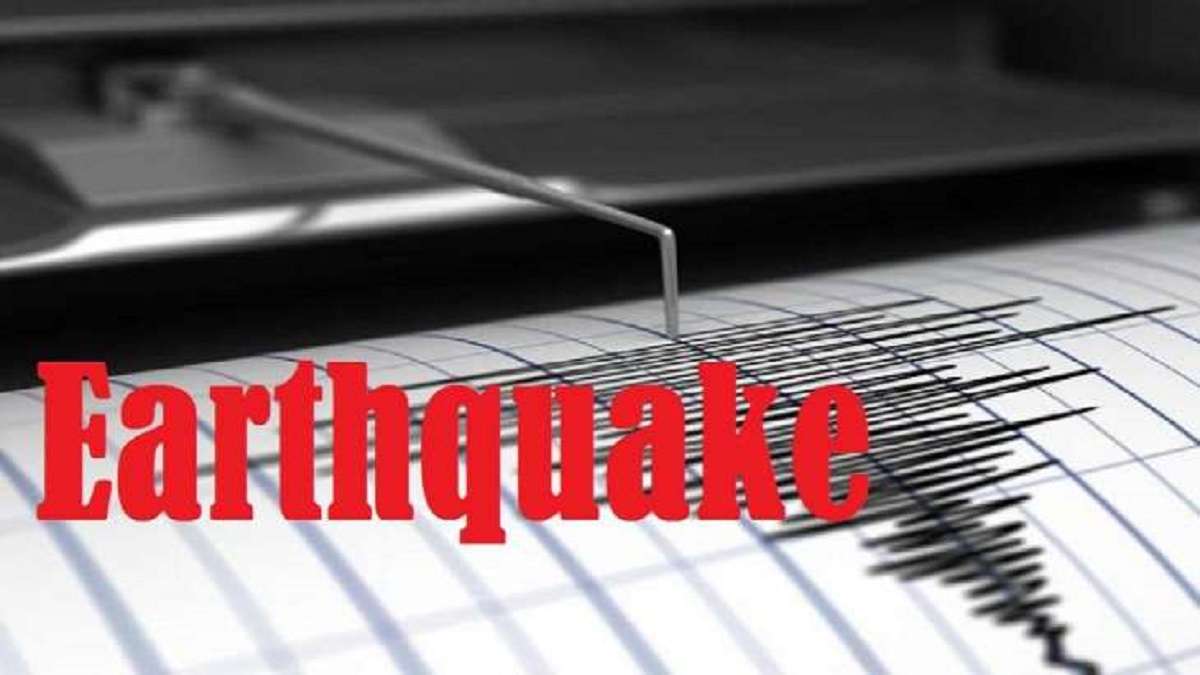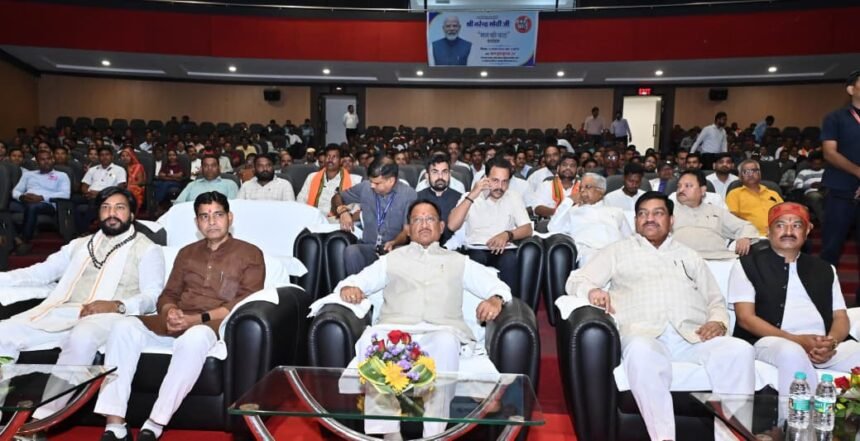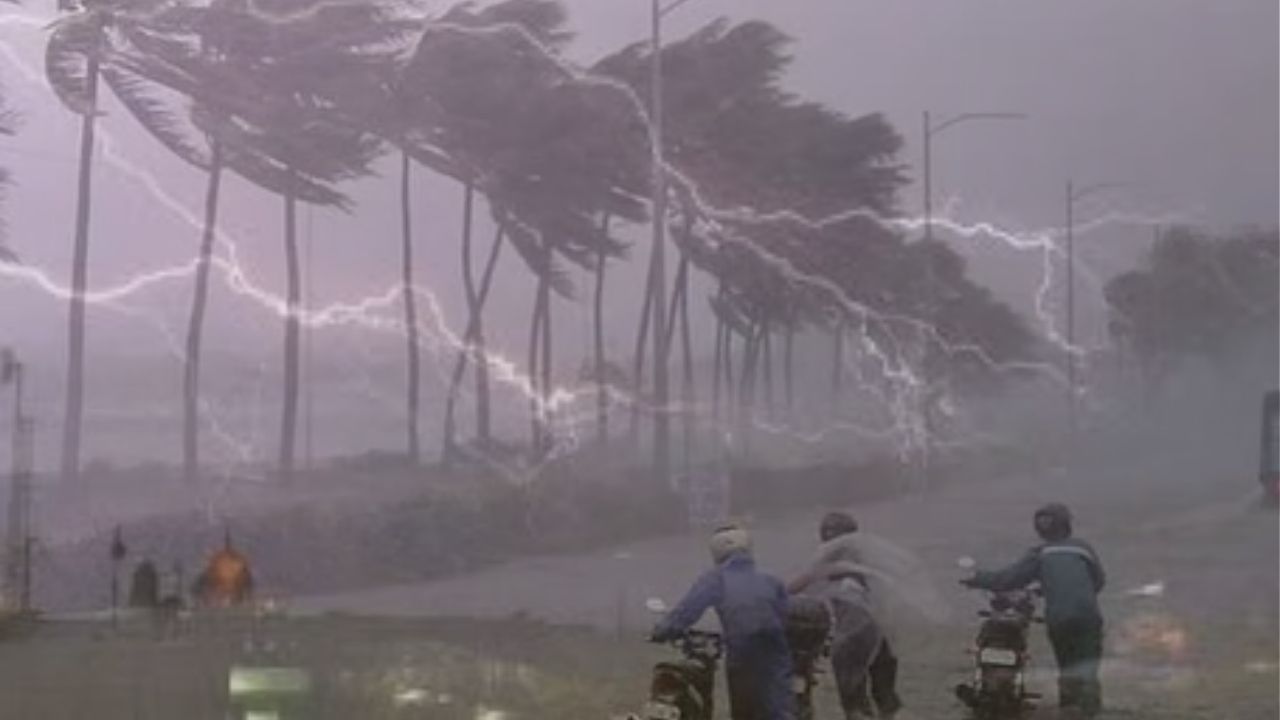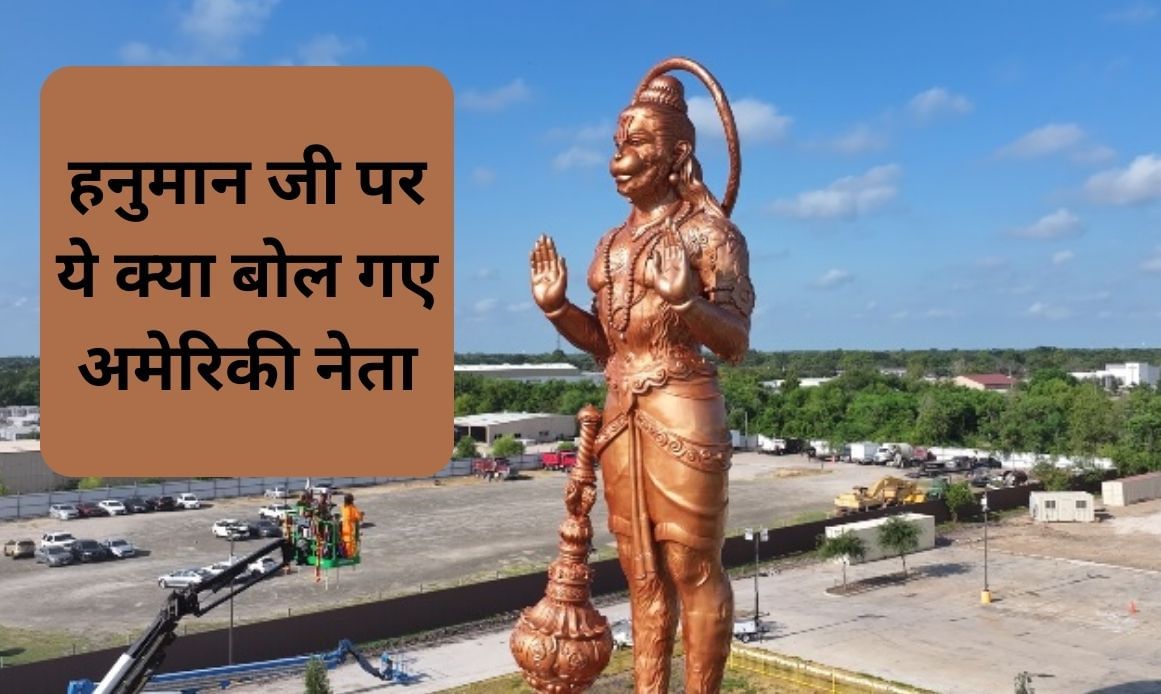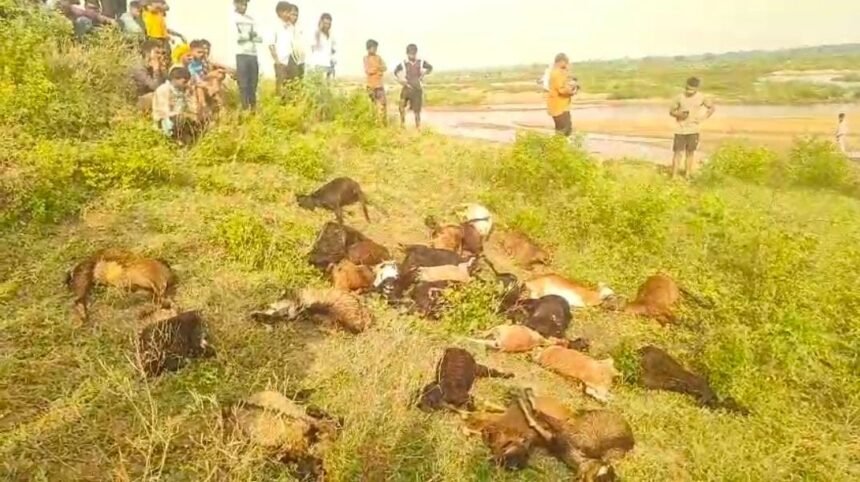Subscribe to Updates
Get the latest creative news from FooBar about art, design and business.
The 125th episode of Prime Minister Narendra Modi’s popular monthly radio program, ‘Mann Ki Baat,’ was broadcast live today at the Convention…
Heavy rainfall has disrupted normal life in Jharkhand, impacting both urban and rural areas. Roads have been transformed into pools, and residential…
Revenue and Disaster Management Minister Tank Ram Verma will conduct a review of departmental functions on June 17th at 11 AM in…





